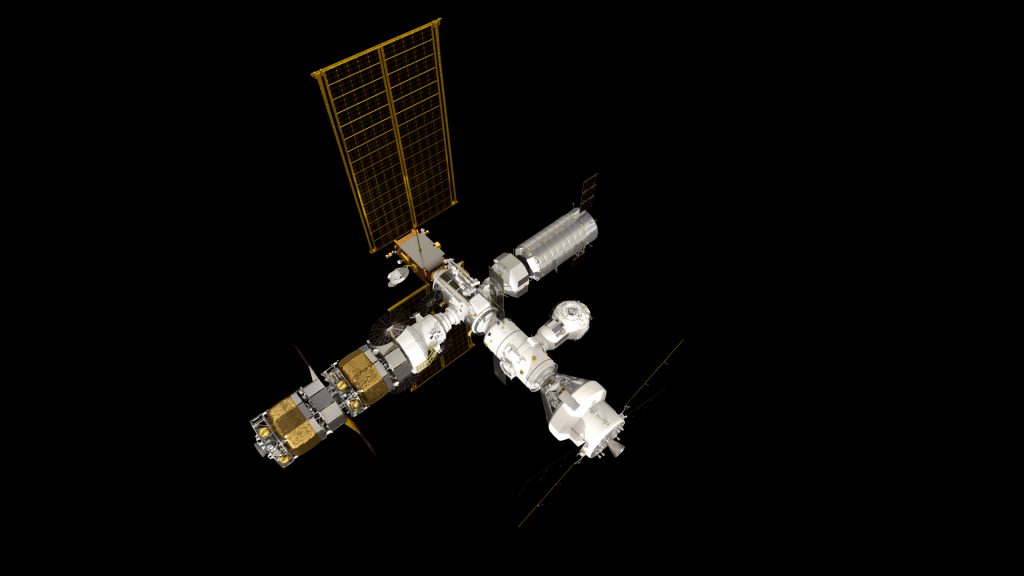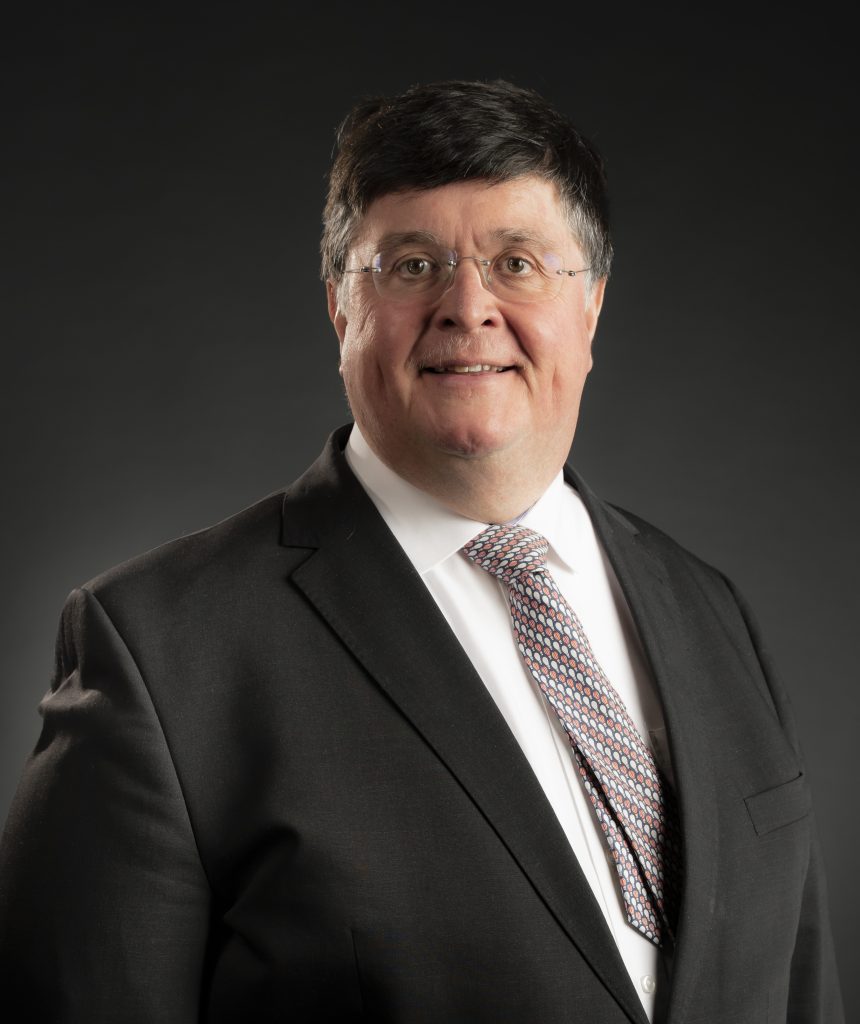It takes thousands of people to build a lunar spacecraft, let’s meet them and see what they do. Today: ESA’s Philippe Berthe.
What is your name and your role on the European Service Module team?
My name is Philippe Berthe. I am an ESA Project Coordination Manager for the Orion European Service Module.
How long have you been involved in European Service Module’s development and what are your tasks?
I have been involved in the development of the European Service Modules since 2011. We were only a handful of engineers when I joined. I support the programme manager, Philippe Deloo. I ensure the coordination of the exchange of hardware and documents between the European Space Agency and NASA. I organise the system reviews of the programme, which are major events when the engineers and designers check with specialists from outside of the programme the adequacy and quality of the design and plans. I am also a member of the Artemis I Mission Management Team which manages the mission during the flight.
What is your educational background and prior work experience? How did you come to work on European Service Module?
I am an engineer trained at École nationale supérieure de l’aéronautique et de l’espace, in Toulouse, France. I spent more than 20 years in industry before joining ESA. During that period I worked on quite a few European attempts to build a crewed orbital infrastructure: Hermes, the Automated Transfer Vehicles, the Atmospheric Re-entry Demonstrator (ARD), and various other programs. In particular, I was involved in the X-38, an ESA/NASA cooperation to develop a crew return vehicle for the International Space Station, which had me spend five years at NASA’s Johnson Space Center in Houston, Texas, USA.
I was also involved in Orion as early as 2005, but again on the side of industry, when the competition was on between the major US aerospace companies to become the prime contractor of Orion. At the time, Lockheed Martin, my team, got the prize.
What is the most notable or memorable moment during your time working on European Service Module?
I like to think that the most memorable moment will always be today, or tomorrow. That being said I enjoy immensely European Service Module deliveries, you have this large box which travels to the US, and then you unbox it in Florida, like a huge Christmas present.
What does it mean to you to be part of the larger team helping to get humans back on the Moon?
The return to the Moon program means a lot to me since I am old enough to remember Apollo 11, and even Apollo 8. I keep the letters I sent to NASA at the time of Apollo which were sent back to me with a stamp and a KSC cancellation.
Usually at launch, it is time to say goodbye and move on, the development and production teams are disbanded, leaving the place to flight operations. It is a bittersweet moment. But here… Here the Artemis I mission is only the end of a first chapter, and there is so much more to come: first crewed spaceflight, return to the Moon surface, delivery of I-Hab, first European astronaut on the Gateway, first European on the Moon…

What is one thing you’d like the European public to know about your job?
It does not look like in the films Apollo 13 or For All Mankind at all. I think extending the realm of human activities in space, exploring space, is akin to building a cathedral. You are only a small element of a vast enterprise, you work to the best of your abilities, you also rub shoulders with the best of the best, and there is a high likelihood that you will not see its end. It is both very exhilarating and very humbling.
Do you have any advice for future generations interested in space exploration?
Challenge the status quo, but do not think that all was what done in the past was wrong. Indeed, most of the ideas which we see emerging today had already been studied quite in depth in the past but not put into practice for various reasons, right or wrong and often linked to funding. So much effort has been spent on previous endeavours such as Apollo or the Space Shuttle that these programs (and many others) are treasure troves of interesting engineering ideas. Look resolutely forward, but know your history.


 Automated Transfer Vehicle page
Automated Transfer Vehicle page ATV blog archive
ATV blog archive
 NASA Orion page
NASA Orion page NASA Artemis
NASA Artemis Airbus Orion page
Airbus Orion page
Discussion: 3 comments
Congratulations my cousin
Catherine
Fantastic and amazing effort and of course Massive Congratulations to you and all involved. Human kind just keep knocking it out of the park Oh and well done Shaun the Sheep
congratulations Philippe,
you’re an example for the new generation of enginers.
I’m very glad to have met you during our common job on ARD,ATV,ARV ,ten or fifteen years ago when arianegroup was Astrium.